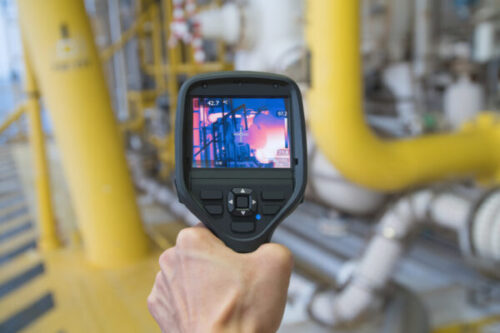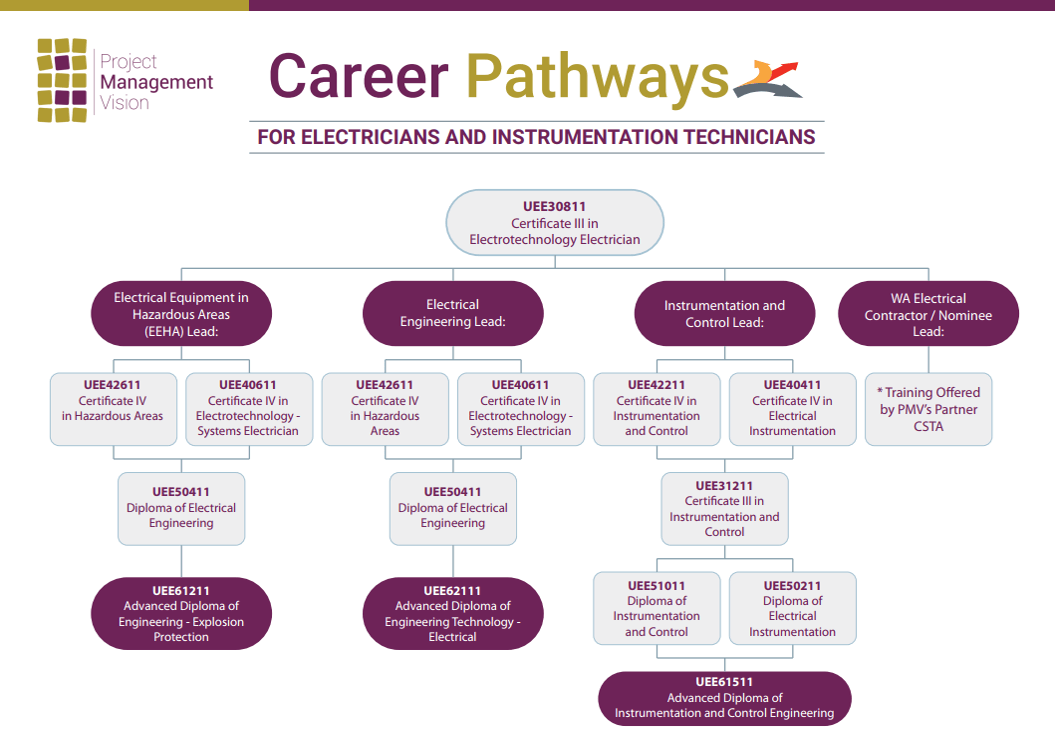The 7-Second Trick For Roar Solutions
The 7-Second Trick For Roar Solutions
Blog Article
Roar Solutions - Truths
Table of Contents9 Simple Techniques For Roar SolutionsSome Ideas on Roar Solutions You Need To KnowUnknown Facts About Roar Solutions
In order to secure setups from a potential surge a method of evaluating and classifying a possibly dangerous location is needed. The purpose of this is to make certain the right selection and installment of equipment to inevitably stop a surge and to make certain safety of life.
(https://www.pearltrees.com/roarsolutions#item694973743)
No devices needs to be installed where the surface temperature of the devices is above the ignition temperature level of the offered threat. Below are some common dirt hazardous and their minimum ignition temperature. Coal Dirt 380C 225C Polythene 420C (thaws) Methyl Cellulose 420C 320C Starch 460C 435C Flour 490C 340C Sugar 490C 460C Grain Dust 510C 300C Phenolic Material 530C > 450C Aluminium 590C > 450C PVC 700C > 450C Residue 810C 570C The chance of the hazard being existing in a concentration high enough to create an ignition will certainly differ from place to area.
In order to identify this risk a setup is separated right into areas of danger depending upon the amount of time the unsafe exists. These areas are described as Areas. For gases and vapours and dusts and fibres there are three zones. Area 0 Area 20 A hazardous atmosphere is very most likely to be present and may be existing for lengthy durations of time (> 1000 hours per year) or perhaps continually Area 1 Zone 21 A hazardous environment is feasible but not likely to be existing for extended periods of time (> 10 450 C [842 F] A classification of T6 implies the minimum ignition temperature level is > 85 C [185 F] Unsafe location electrical tools perhaps designed for usage in higher ambient temperature levels. This would certainly suggested on the score plate e.g. EExe II C T3 Ta + 60C( This implies at 60C ambient T3 will not be surpassed) T1 T1, T2, T3, T4, T5, T6 T2 T2, T3, T4, T5, T6 T3 T3, T4, T5, T6 T4 T4, T5, T6 T5 T5, T6 T6 T6 A T Class ranking of T1 indicates the maximum surface area temperature created by the tool at 40 C is 450 C. Assuming the linked T Class and Temperature level score for the equipment are ideal for the location, you can constantly utilize a tool with a much more stringent Division ranking than required for the location. There isn't a clear response to this inquiry. It truly does depend on the kind of tools and what fixings need to be executed. Equipment with details test treatments that can not be carried out in the area in order to achieve/maintain 3rd celebration rating. Need to come back to the factory if it is prior to the tools's service. Area Repair By Authorised Employee: Challenging screening may not be needed nonetheless specific procedures might need to be complied with in order for the devices to keep its 3rd party score. Authorised employees must be utilized to perform the work properly Fixing need to be a like for like substitute. New part need to be considered as a direct replacement requiring no unique screening of the devices after the fixing is complete. Each piece of equipment with an unsafe score must be reviewed independently. These are outlined at a high level below, however for more in-depth details, please refer straight to the guidelines.
Roar Solutions Can Be Fun For Anyone
The equipment register is a thorough database of tools records that consists of a minimum set of areas to identify each product's location, technological parameters, Ex-spouse classification, age, and ecological data. This details is vital for tracking and taking care of the devices efficiently within hazardous areas. In contrast, for routine or RBI tasting examinations, the quality will certainly be a mix of Thorough and Close assessments. The ratio of Detailed to Shut evaluations will certainly be identified by the Equipment Risk, which is examined based on ignition threat (the probability of a resource of ignition versus the chance of a flammable ambience )and the unsafe area classification
( Area 0, 1, or 2). This variant will certainly also influence the resourcing demands for job prep work. As soon as Lots are defined, you can establish tasting strategies based upon the sample size of each Lot, which refers to the variety of arbitrary equipment products to be evaluated. To figure out the required sample size, two aspects need to be assessed: the size of the Great deal and the classification of inspection, which indicates the level of effort that must be used( lowered, normal, or enhanced )to the assessment of the Whole lot. By combining the category of assessment with the Lot size, you can then establish the appropriate being rejected criteria for a sample, meaning the allowed variety of damaged products discovered within that example. For more information on this procedure, please refer to the Energy Institute Guidelines. The IEC 60079 common suggests that the maximum interval in between inspections should not exceed 3 years. EEHA inspections will also be conducted outside of RBI campaigns as component of scheduled maintenance and devices overhauls or repairs. These assessments can be attributed towards the RBI sample sizes within the affected Lots. EEHA assessments are carried out to recognize mistakes in electric tools. A heavy scoring system is essential, as a solitary tool might have multiple mistakes, each with varying degrees of ignition danger. If the combined score of both evaluations is much less than twice the mistake score, the Whole lot is considered appropriate. If the Lot is still taken into consideration inappropriate, it should undertake a full evaluation or validation, which may cause stricter examination methods. Accepted Great deal: The causes of any kind of faults are recognized. If a common failure setting is discovered, added equipment may call for maintenance. Faults are categorized by severity( Security, Honesty, House cleaning ), ensuring that urgent issues are evaluated and resolved promptly to reduce any kind of influence on safety or procedures. The EEHA data source must track and record the lifecycle of mistakes in addition to the rehabilitative actions taken. Carrying out a robust Risk-Based Assessment( RBI )approach is important for making certain conformity and safety in managing Electrical Devices in Hazardous Areas( EEHA) (Roar Solutions). Automated Fault Scoring and Lifecycle Management: Effortlessly manage mistakes and track their lifecycle to boost inspection precision. The intro of this assistance for risk-based examination better reinforces Inspectivity's placement as a best-in-class remedy for governing conformity, along with for any type of asset-centric assessment usage situation. If you want finding out more, we welcome you to ask for a presentation and find how our service can change your EEHA monitoring procedures.
Not known Details About Roar Solutions

In regards to eruptive threat, an unsafe area is an environment in which an eruptive environment is present (or might be anticipated to be present) in amounts that need unique preventative measures for the building and construction, setup and use tools. eeha training. In this post we explore the challenges faced in the workplace, the risk control procedures, and the required proficiencies to function safely
These materials can, in particular conditions, develop eruptive atmospheres and these can have significant and awful consequences. Many of us are familiar with the fire triangle eliminate any type of one of the 3 components and the fire can not take place, but what does this mean in the context of hazardous areas?
In many instances, we can do little regarding the levels of oxygen in the air, however we can have considerable influence on sources of ignition, as an example electrical devices. Unsafe areas are documented on the dangerous area category illustration and are identified on-site by the triangular "EX" sign. Here, amongst various other vital details, zones are see post split into three kinds depending on the danger, the chance and period that an eruptive ambience will certainly exist; Area 0 or 20 is considered one of the most hazardous and Zone 2 or 22 is deemed the least.
Report this page